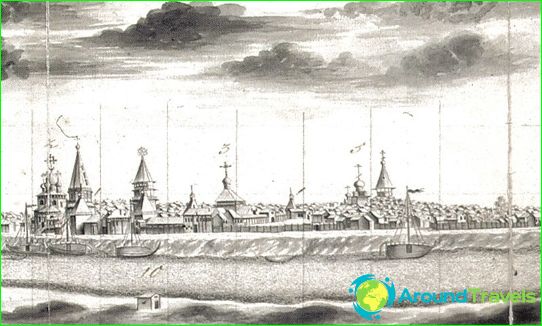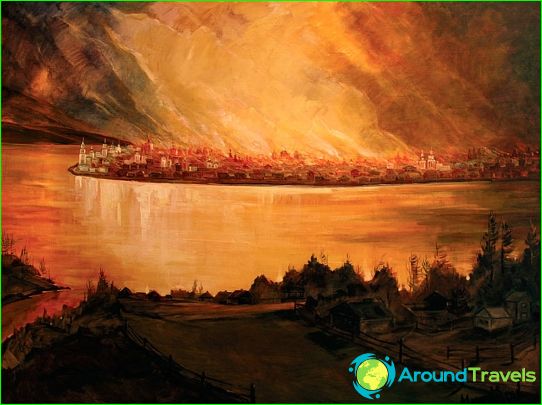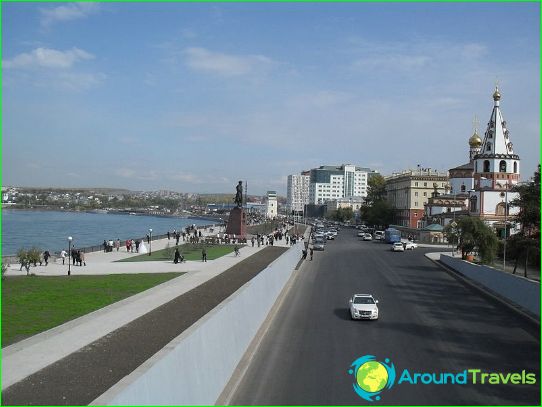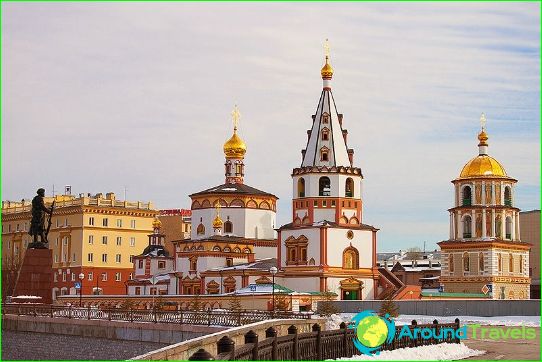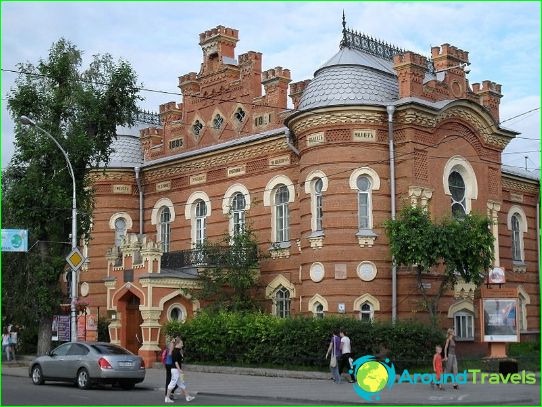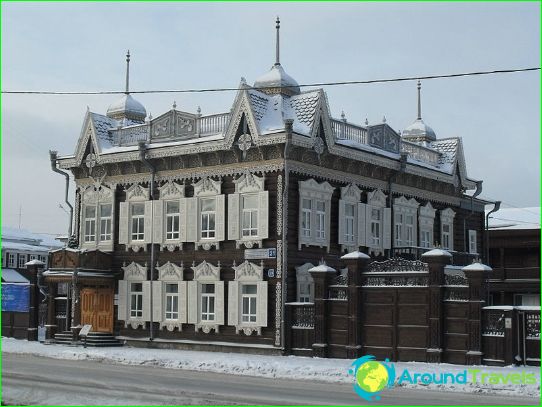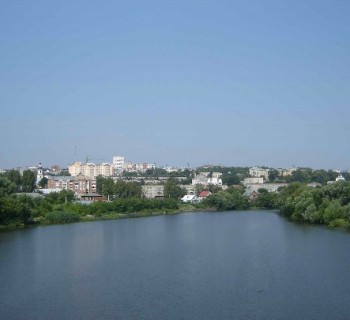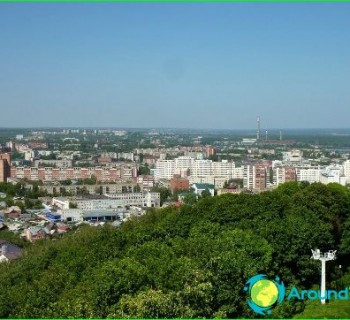Irkutsk history
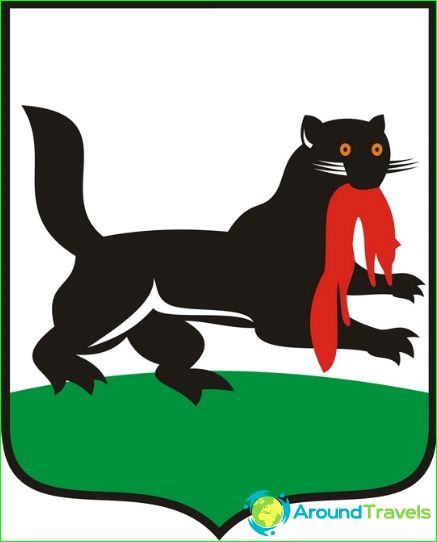
Coat of arms of Irkutsk
The city of Irkutsk originates from the fort, founded in 1661 on the banks of the Angara at the confluence of the Irkut River. The foundation of the Irkutsk prison was preceded by the Russians' access to Lake Baikal in 1643. The ostrog was founded for the storage of weapons, ammunition and goods for trade with the Buryats..
Due to its geographical position, Irkutsk found itself on a great historical path that ran from the Ural Mountains to the shores of the Pacific Ocean. Such a favorable position contributed to the rapid growth of the city and in 1764 Irkutsk became the main city of the province, and in 1828, when Siberia was divided into two general governorships, Irkutsk became the center of the East Siberian governorship general.
The remoteness from the main Russian markets, the underdevelopment of road and waterways of communication for many years made it possible to keep wholesale trade in the hands of local merchants. In addition, in 1728-1792. the city housed customs and all caravan trade with Mongolia and China was carried out through Irkutsk. The city played an important role in trade and industries with the Pacific coast and islands. Irkutsk quickly grew rich and in 1799, on the initiative of local merchants, a Russian-American company was created..
At the beginning of the 19th century, gold was found on the Lena River and Irkutsk is quickly becoming one of the centers of the gold mining industry. In 1898, the first train on the Trans-Siberian Railway arrived in Irkutsk, in connection with which new industrial and transport enterprises appeared in the city, coal mining revived.
Thus, Irkutsk has been on the historical scene for a long time as the largest administrative and trade center in Siberia. This left an imprint on the history of the city and its culture..
Fires were a terrible disaster for the city, since the city's development consisted mainly of wooden scrap. But gradually stone buildings appear in the city - temples, monasteries, administrative buildings and houses of wealthy merchants..
In the cultural life of Irkutsk, the appearance of exiled Decembrists and their families in the city has become very important. Open sympathy for the exiled forced the authorities to resettle them in small villages and hamlets in the Irkutsk province. But the residence of several highly educated individuals and their families in the city left a deep imprint on the memory of the urban population. In 1890 A.P. Chekhov, he really liked the city, he named it «intelligent city».
The twentieth century brought great changes to Irkutsk: the revolution, the Civil War, the Second World War, the Stalinist repressions - all this did not contribute to the improvement of the lives of ordinary townspeople. The city remained wooden and one-story. Only in the 70s large-scale urban and industrial construction began. Now Irkutsk is a large tourist, industrial and scientific center of Eastern Siberia.
Photos of Irkutsk
-
Coat of arms of Irkutsk
-
Irkutsk Kremlin in 1735
-
The great fire of 1879
-
Lower embankment of Angara
-
Epiphany Cathedral
-
Irkutsk Regional Museum
-
"Lace house" of the Shastins
